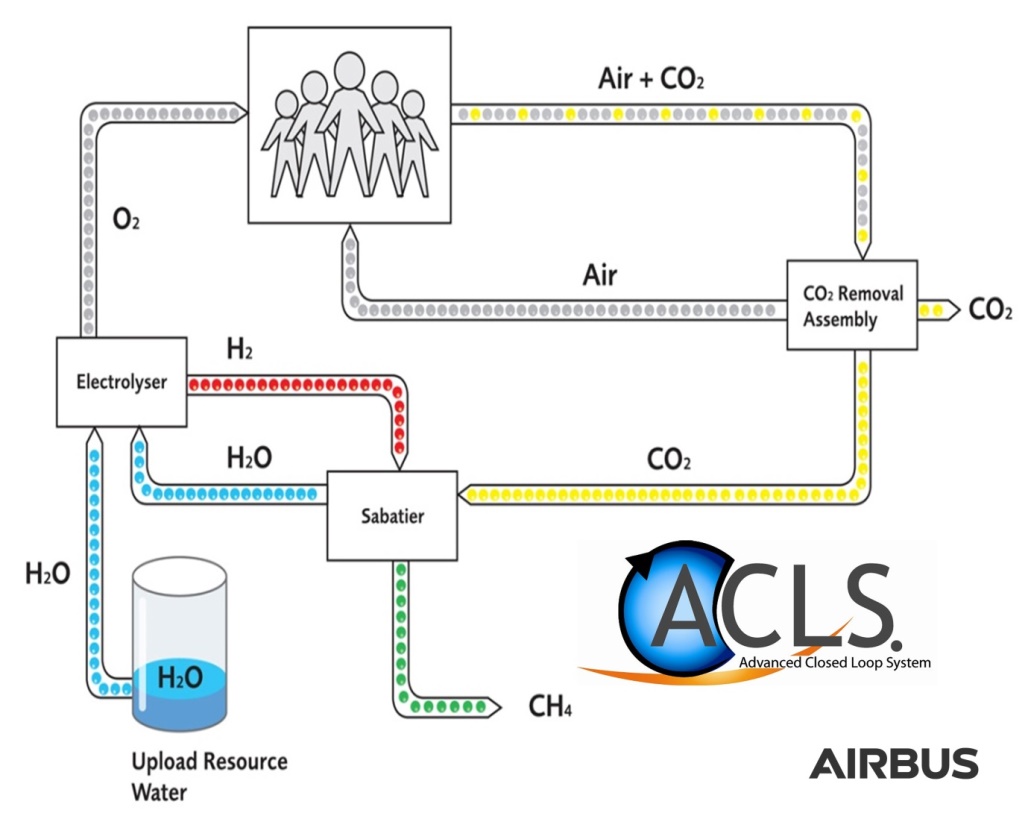ACLS is unique in its compactness and is generating about 40 percent of the fresh water needed for operations of the facility, thus strongly reducing the required upload mass for water supply. 
Sized for a crew of three astronauts ACLS shall demonstrate its capabilities until the end of 2019 before becoming a sub-system of the ISS environmental control and life support system. With commercial crewed flights in the near future, the existing station systems need to be supplemented for crews larger than six astronauts.
The technology demonstration is a major step for Airbus in the development of a closed loop life support system for human spaceflight beyond low earth orbit.
ACLS, in the operational world renamed Life Support Rack, will be commanded and monitored from the Airbus site Friedrichshafen, Germany, in close cooperation with ESA and NASA control centers.